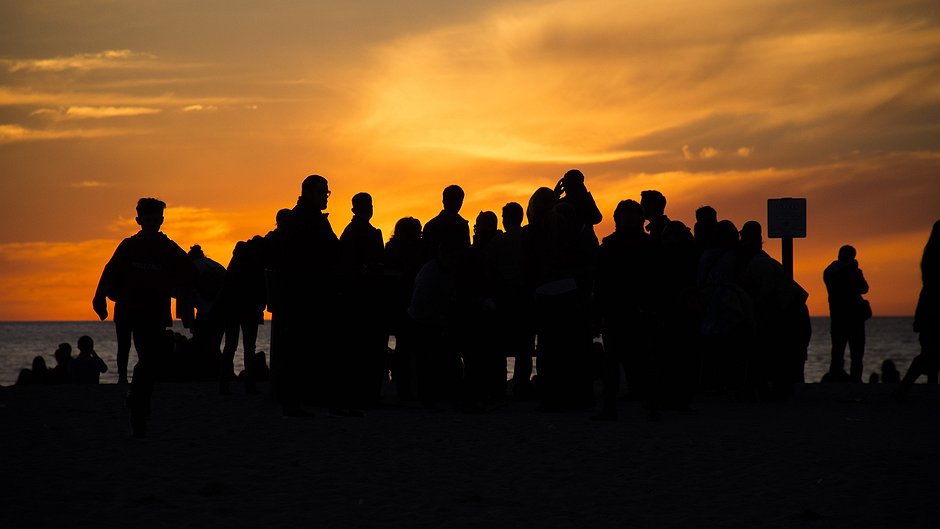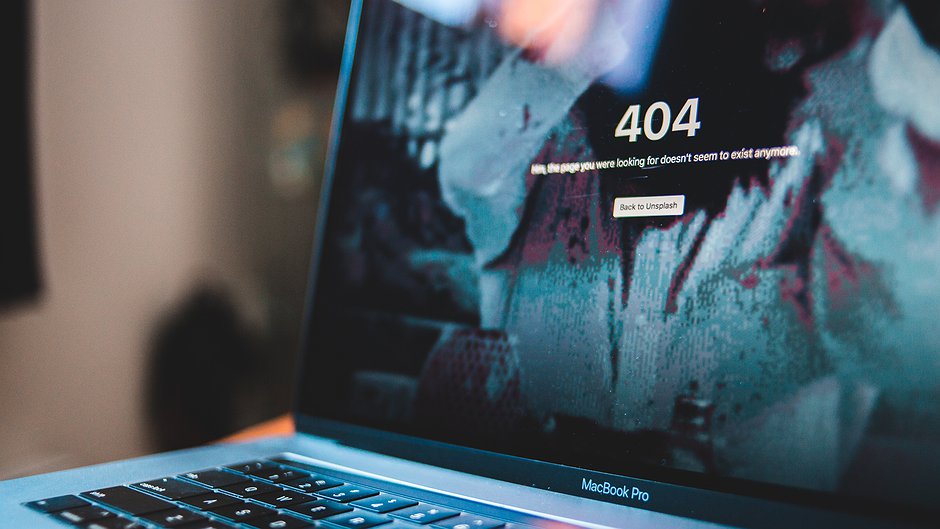
Learn how to measure internet censorship with our latest course
Advocacy Assembly has launched the Internet Shutdown Academy, which features 10 courses in eight languages, taught by experts from leading organisations. It is designed to educate activists, journalists, and anyone impacted by internet disruptions and online censorship.
Together with ΟΟΝΙ (Open Observatory of Network Interference), we have designed the 2nd of the 10 courses in total, called “Measuring Internet Censorship with OONI tools and Open Data”, which will be launched this month.
We caught up with Maria Xynou from OONI to provide you with a sneak peek at the course.
Q: What is this course about?
A: Through this course, you will learn how to investigate internet censorship through the use of OONI tools and data.
Q: Why is it important?
A: Almost every country in the world experiences some form of internet censorship. What differs from country to country is which websites and apps are blocked, and the impact of their block. By measuring internet censorship around the world we can keep those in power to account.
Q: Who is the course for?
A: The course is for human rights defenders, journalists and researchers. However, anyone with an interest in internet censorship can take this course to learn how to use OONI Probe software to check which websites and apps are blocked. OONI is a global community of hundreds of thousands of OONI Probe users in more than 200 countries and territories. Since 2012 (up until the time of publishing this course), the OONI community has contributed more than 900 million network measurements, shedding light on numerous cases of internet censorship worldwide
Q: Do I need any technical knowledge?
A: No prior technical knowledge is needed. This course is for beginners.
Q: How do I install OONI Probe software?
A: The software can be installed on both mobile (Android, iOS, F-Droid) and desktop platforms (Windows,macOS, Linux). Our screencast lessons in the course walk users through the ins and outs of the tool, including how to download and install it on your device.
Q: What exactly is internet censorship?
A: Internet censorship is the intentional control or suppression of what can be accessed, published, or viewed on the internet. This involves blocking access to specific websites and/or applications, preventing users of that specific network from accessing specific internet services. As internet censorship is implemented on the network level, it may differ from network to network, and from country to country.
Q: How is internet censorship implemented?
A: Internet censorship happens when an Internet Service Provider (ISP) prevents users of their network from accessing specific websites or applications. ISPs usually block access in compliance with government orders and national legislation. We discuss details of how such blocks are implemented throughout the course.
Q: How do you measure internet censorship?
A: Over the last decade, the OONI team has created numerous network measurement experiments designed to measure different forms of internet censorship. For example, the OONI Probe app includes an experiment (called “Web Connectivity”) that checks whether and how access to websites is blocked. It also includes tests that measure the blocking of WhatsApp, Facebook Messenger, Telegram, and Signal – along with many other tests. All of our methodologies are openly documented, and we recently published a tutorial that explains how community members can contribute their own experiments!
Q: Are there any potential risks for a user measuring internet censorship?
A: Running OONI Probe software can potentially be risky for some users in high-risk environments. Anyone monitoring your internet activity will be able to see that you’re running OONI Probe (just the way they can see all other software that you’re running), and testing blocked/banned websites can in itself be risky. The potential risks depend on your threat model, the types of websites you test, the types of tests you run, and the laws and regulations of the country where you’re running OONI Probe from. To our knowledge, no OONI Probe user has ever faced consequences as a result of using our software. We nonetheless encourage you to learn more about potential risks and review our Data Policy before running OONI Probe.
Q: What if I use a VPN?
A: If you run OONI Probe over a VPN, you won’t be measuring your network but the one provided by your VPN, which is probably uncensored. The goal of running a tool like OONI Probe is to capture internet censorship as experienced by a local internet user, and this is best done without a VPN.
Q: Finally, when will the course be out?
A: The course is available now in English, Arabic, Spanish and Persian. By November 2022, we expect to launch the course in French, Swahili, Portuguese and Russian alongside the new Advocacy Assembly website. Remember, it’s free to sign up and enroll. You can sign up here to the platform.
So register for this course now and don’t hesitate to take our first course taught by WITNESS: “Documenting Human Rights Violations During Internet Shutdowns”.
You can learn more about the Advocacy Assembly Shutdown Academy here.
Related courses

90 mins
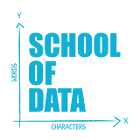 School of Data
School of Data
90 mins
 School of Data
School of Data Rory Peck Trust
Rory Peck Trust
50 mins
 Rory Peck Trust
Rory Peck Trust
Blogs
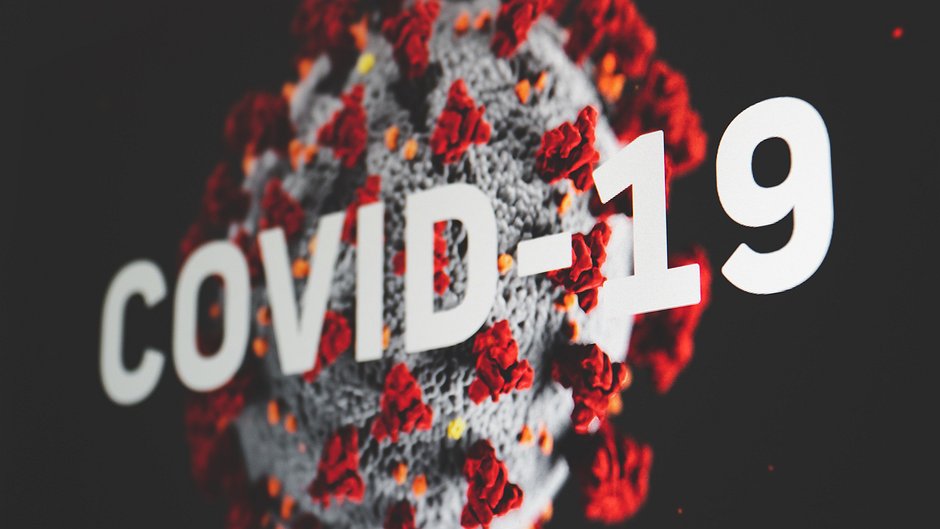
6 useful resources for journalists covering Covid-19
With a global pandemic spreading throughout the world, journalists are under increasing pressure to report accurate and relevant news for the masses. Often when covering a crisis, those on the reporting frontlines compromise their physical safety and mental health. To show some solidarity, the Advocacy Assembly team curated a list of useful resources from other organisations leading the way on this.
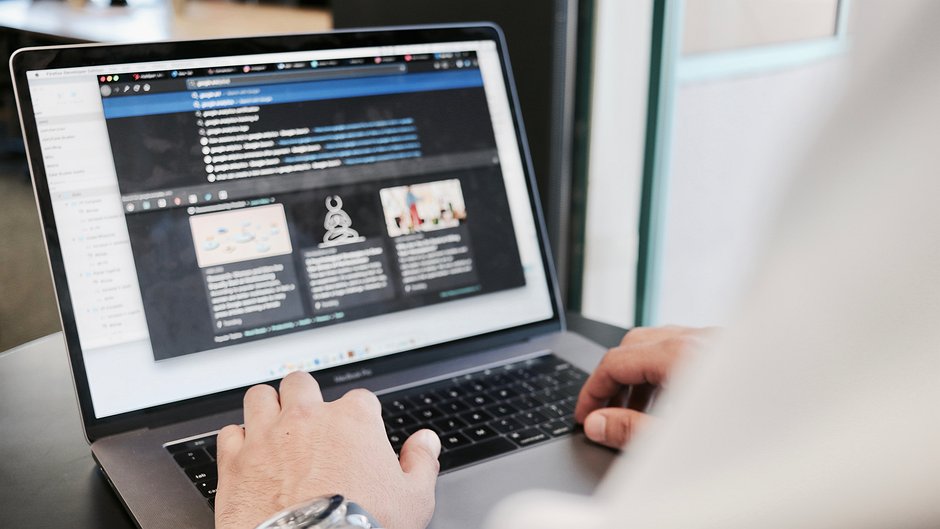
5 ways to find data for your next story
Data journalism is fast becoming a big trend in newsrooms across the globe. However, data isn’t always so easy to find. Here are five ways to get data for your next article.

